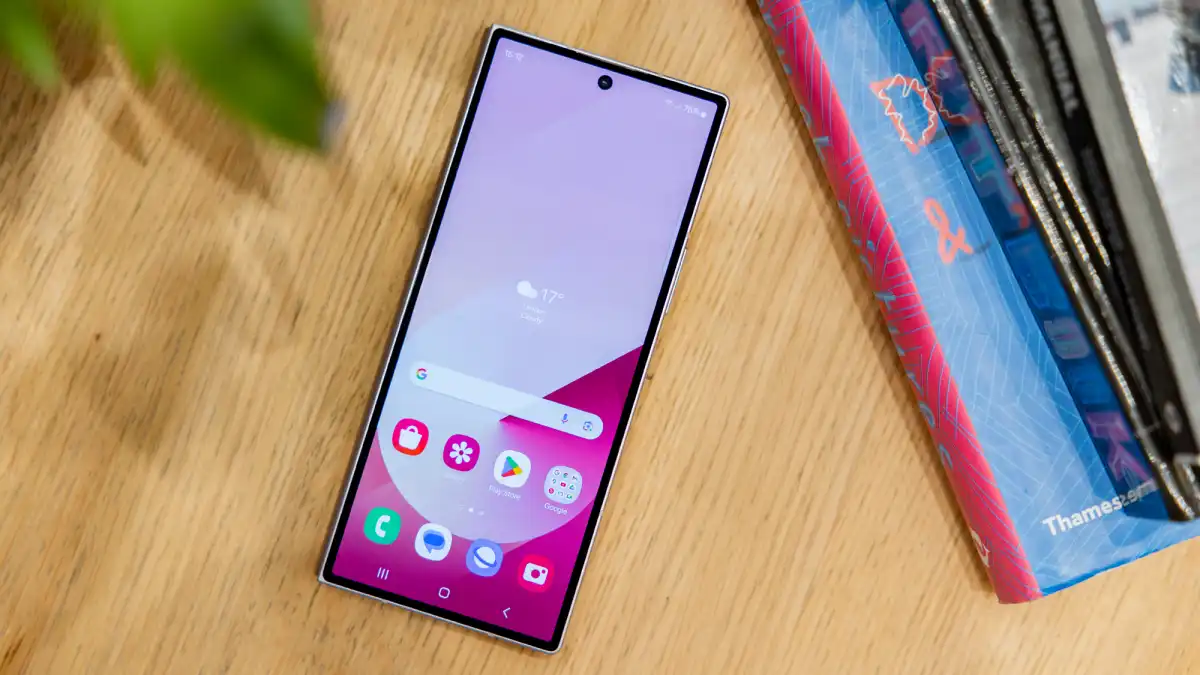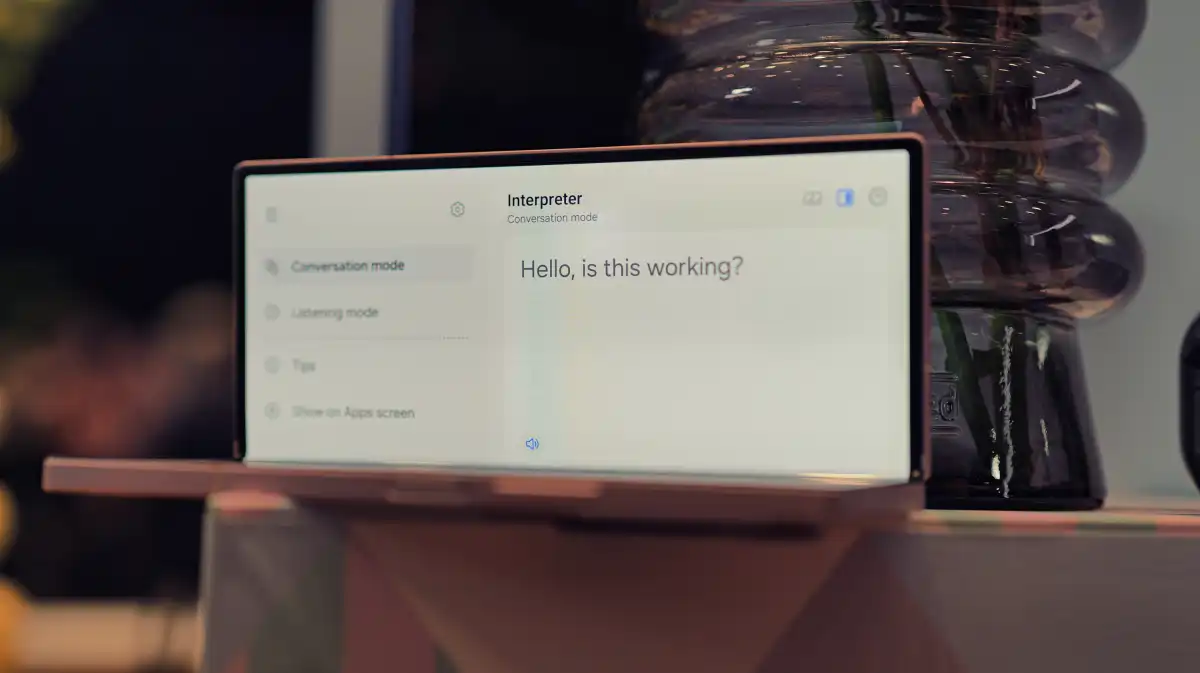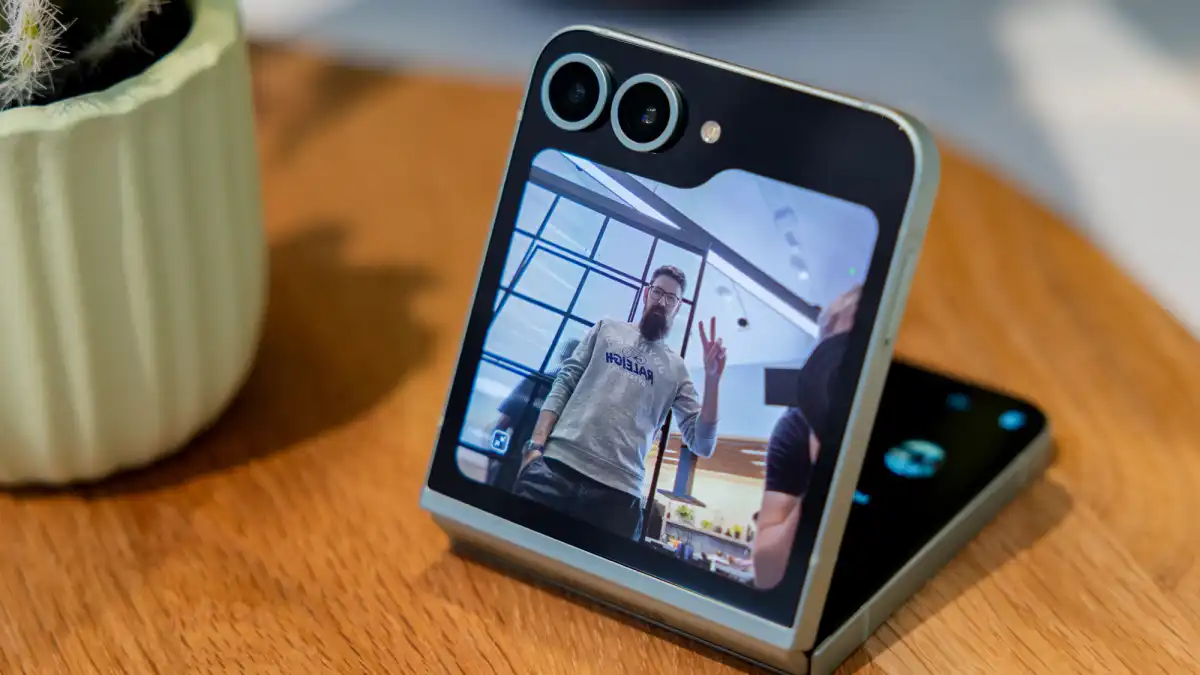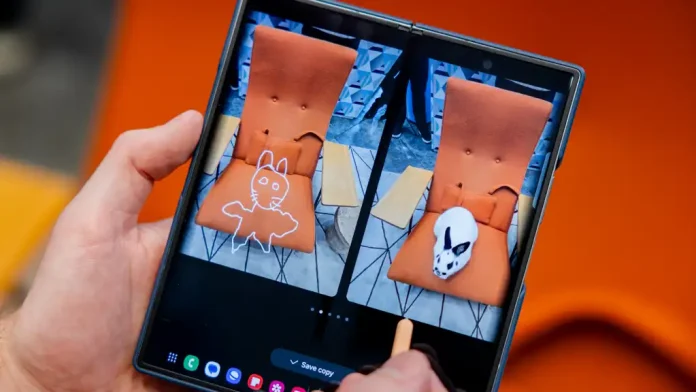Samsung foldable has released the next generation of its foldable phones, the Galaxy Z Fold 6 and Galaxy Z Flip 6, and while they are wonderful, I can’t help but think they’re a little boring.
Smartphones with foldable displays have been around for a few years, but they remain the most innovative and intriguing form factor on the market. Shouldn’t this be the hub of hardware innovation? Samsung chose refinement over revolution with the latest Z-series devices, which were introduced at Unpacked. Instead of major hardware modifications, the majority of the new features are software-based.
That is not to claim there are no hardware modifications; they are simply not as significant as I would like. Of course, we get the expected upgrade to the most recent Qualcomm chip, and the cooling has been toughened up to match.
More excitingly, the Z Fold 6 now has a bigger outer display, which makes it feel more like a standard phone. However, I was dismayed to discover that it had only changed by approximately a millimetre, leaving it relatively small and tall in comparison to the Honor Magic V2.

Meanwhile, the Z Flip 6 receives a little larger battery, additional RAM, and an upgrade to its main camera. It now uses the same 50 megapixel unit as the S24. The phones are more robust, with an IP48 grade for dust and water resistance, as well as new colors and cosmetic enhancements. It’s all wonderful, however little.
As a hardware fanatic, I was expecting significant camera advancements, faster charging, larger displays, and more, but this is not the case. Instead, the majority of the focus was on Galaxy AI, as we saw with the Galaxy S24 series earlier this year.
What’s new with Galaxy AI?
The Galaxy AI features are certainly useful; I’ve used them extensively on the Galaxy S24 series, and they’re mostly repeated here. I believe you’ll especially enjoy them if you’re a business user or frequent traveler, as many of the functions revolve around translation, transcription, and summarisation.
I like how interpreter mode has been developed to use both displays at the same time; it’s a clever use of the folding form factor, and it’s available on both the Flip and Fold. Yes, you could simply flip your phone around to show the other person, but you don’t have to, which is quite cool.

The Transcript Assist and Browsing Assist capabilities have also been improved to take advantage of the larger display on the Z Fold 6. You may now use a simple side-by-side view to examine all of the information at the same time.
The Galaxy AI suite contains more than just productivity tools; there are also lots of picture modification and generative AI elements to experiment with. I had a lot of fun with the “Sketch to Image” feature at the Unpacked press briefing. It lets you doodle on one of your images and then uses generative AI to bring your sketch to life, offering a variety of alternatives.
If you prefer to modify the look of your phone on a regular basis, there is plenty of AI built into the customization tools as well. There’s everything from AI wallpaper creation to wallpaper recommendations. There are also several really nice-looking interactive wallpaper alternatives, which can react to touch or movement to produce various effects.
Is AI enough to warrant an upgrade?
Samsung’s Galaxy AI features provide lot to be thrilled about, especially if you haven’t had a chance to use them yet, but I have a few reservations.
The first is Samsung’s commitment to providing software support. The brand provides some of the longest support terms in the industry, which is a major reason why many people prefer Samsung gadgets. Obviously, this is wonderful news for customers, but it also indicates that these functions will not be limited to the Z Fold 6 and Z Flip 6.
Samsung has not acknowledged this, however Galaxy AI features introduced with the S24 series have already trickled down to the S23 models, including the Z Fold 5 and Z Flip 5. Surely, we will see more of the same from this generation.

Then there’s the reality that many of these capabilities rely on Google’s AI services, such as Gemini. Again, it is not necessarily a bad thing.
Google’s AI services are remarkable, but while Samsung’s AI solutions are now among the finest on the market, who’s to say Google won’t integrate similar features into Android natively? Or worse, what if Google simply decides to remove any of the functionality, as it has done with so many other projects in the past?
Personally, I believe that hardware advancements are a more compelling incentive to upgrade, and in that aspect, Samsung lags behind the competitors. There is still a lot of innovation in the foldable space; the Honor Magic V2 is extremely thin, the Vivo X Fold 3 Pro has incredibly good cameras, and the Motorola Razr 50 Ultra has a massive cover display. Samsung, on the other hand, appears to be taking things for granted.
The Galaxy Z Fold 6 and Z Flip 6 are still likely to be fantastic phones, and if you’re interested in AI tools, they surely have the most complete feature set among the current crop. However, by 2024, the foldable rivalry is more fierce than ever, and Samsung will need to set up its game if it wants to remain the top choice.


